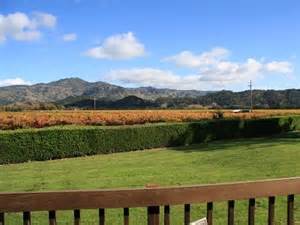Eclectic, Electric Lodi Zinfandel
Lodi has long been synonymous with Zinfandel. The region which is defined by seven sub-regions produces 40 percent of the state’s crop. Vineyards of old and downright ancient vines have survived due largely to sandy, Phylloxera-free soils and the popularity of white Zinfandel. As a mono-varietal red, Zinfandel’s exuberant character has made it a favorite among consumers and fueled Lodi’s focus on the production of world-class wines. As early as 2003, when there were 50 wineries in the AVA, the Lodi Winegrape Commission began evaluating wines submitted by producers as part of a selected case known as the 12 Zins of Lodi. A decade later and with over 80 bonded to its credit, Lodi Zinfandels are being made in a broader range of weights and styles which makes the prospect of a representative case even more intriguing. Read the article here: Lodi Zinfandel 42014






